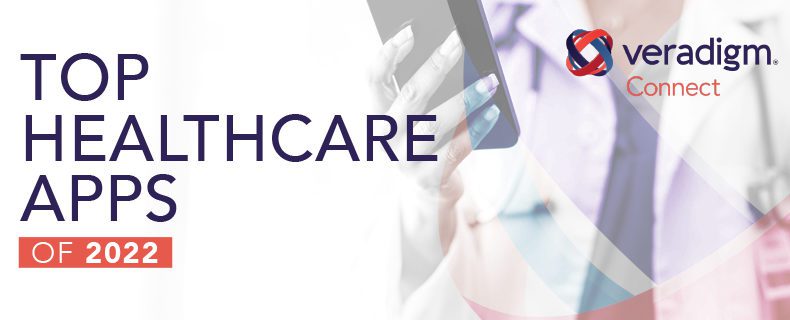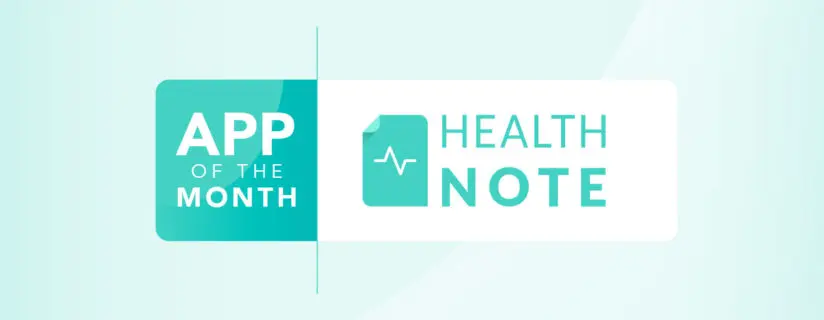Blog Posts
Patient engagement should extend beyond the portal


I asked attendees a simple question at the recent Allscripts Client Experience (ACE) conference: Who has patient engagement as a priority in the next one to three years? Almost everyone raised their hand.
The past year has seen quite a shift to celebrating consumers of healthcare. Traditional patient portal solutions are no longer enough. The landscape is changing rapidly. Even in my day-to-day, I see how other industries are excelling at mobile engagement.
Here’s an example: Recently, I wanted to serve a nice dinner for my children, so I ordered one from Chili’s.
Immediately after I ordered, I got a “thank you” text with estimated time my order will be ready. About five minutes later, I got a text notifying me that they were out of broccoli. This text had a link that took me directly to the website to select an alternate side dish. I was able to ask my daughter whether she wanted fries or carrots. Without this mobile solution, I would have traveled 30 minutes to Chili’s only to be startled at making a decision on the spot.
Other industries operating in the demand economy aren’t focused on data. They focus on establishing a relationship with the consumer that’s conversational, educational, navigational and, most importantly, transactional.
Interestingly, healthcare started down the consumer patient engagement path, but the work focused on regulatory items, portals and patient-data access. Were these intended goals? Probably not.
Healthcare is moving to enable patients to schedule appointments, secure last-minute spots in line, and search a doctor in their new town (sorted by patient rating). Establishing patient engagement is important because consumers who feel a connection with their health system are more likely to remain patients.
New opportunities for consumer access
Health systems and providers need to know how to interact with the consumer for many years and maintain that relationship. So how can health systems achieve this?
Organizations can start working with mobile patient engagement solutions like FollowMyHealth®, to:
- Discover ways to attract more individuals to leverage their current services. That’s done by traditional outreach and individualized experiences.
- Improve retention by personalizing the experience. Care must be nurtured outside the four walls of an organization, done digitally in the pre- and post-visit.
- Improve operations to bring the patient into the fold so we can reduce no-shows and provide relevant education to support the patient.
You shouldn’t have to pay and manage six solutions to achieve patient engagement. It can be a single platform experience. FollowMyHealth introduces about 30 use cases that can be turned on by organization, from outreaching patients to appointment optimization. It’s through these mobile “pushes” that the platform establishes further use cases, such as an assessment prior to hospital arrival or a 24-hour follow up. If there is no consistency with how you deliver these experiences to the patient, you will struggle to keep them fully engaged.
What about patients who don’t have a mobile device?
An omni-channel set of capabilities establishes a front door experience that any patient feels comfortable with.
The real estate of a mobile device is incredibly sacred; many people don’t want another app. I don’t have any unread text messages on my phone, but I do have 100 unread emails. Pushing experiences to patients within three to five minutes raises engagement.
FollowMyHealth has an entire subscribership model built in that enables selected care givers to have access to discrete notifications about the patient, such as appointments reminders or test results, all chosen by the patient. This is popular among college students or patients who want to select someone to come along on their care journey with them.
It’s not enough for you to know that patients are responding or replying. The core of your patient engagement strategy is also access to metrics to help you understand what it means when patients aren’t interacting.













